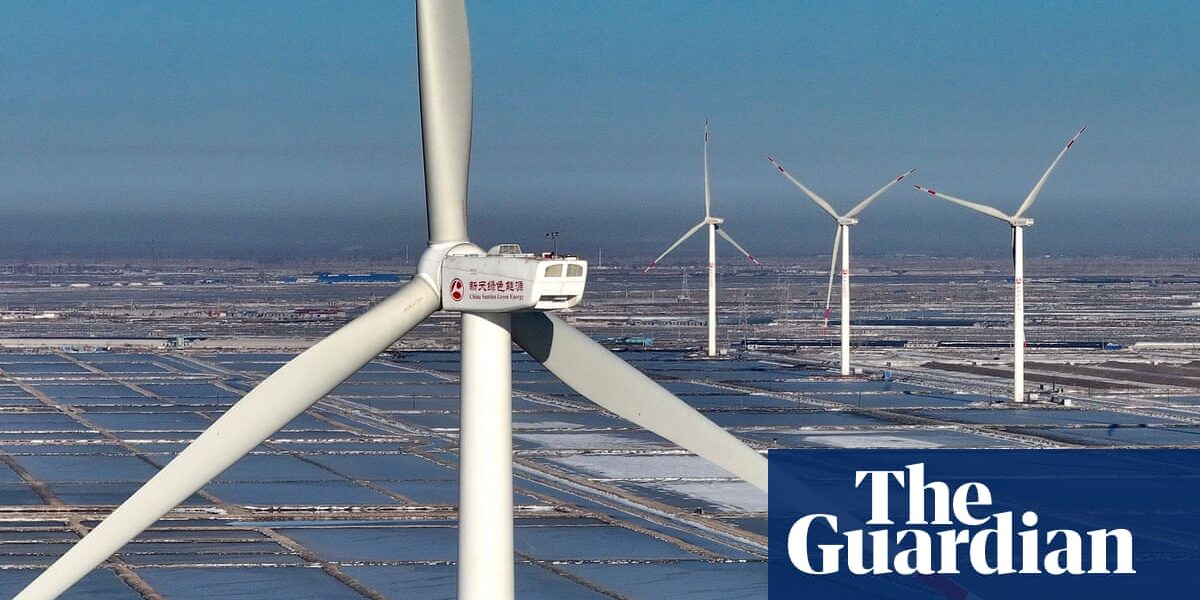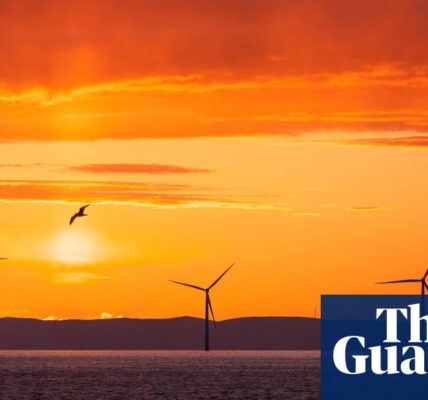In 2023, there was a significant increase in the world’s renewable energy capacity.

The International Energy Agency (IEA) reports that the global capacity for renewable energy grew at its highest rate in the past two decades in 2023. This progress may help the world achieve a crucial climate goal by the end of the 2020s.
According to data from the IEA, renewable energy capacity increased by 50% in 2023, reaching a total of 510 gigawatts (GW). This marks the 22nd consecutive year of growth, setting a new record for renewable energy additions.
The impressive expansion presents a genuine opportunity for countries worldwide to fulfill their promise made at the Cop28 climate negotiations in November. The goal is to triple renewable energy production by 2030, which would greatly decrease reliance on fossil fuels, according to the IEA.
The most recent report from IEA revealed that solar power was responsible for 75% of the new renewable energy capacity added globally in the previous year. The majority of this new solar power was constructed in China, surpassing the amount installed by the entire world in the previous year, even though subsidies were reduced in 2020 and 2021.
The International Energy Agency (IEA) reported that strong growth rates in Europe, the US, and Brazil indicate that renewable energy is on track to surpass coal as the leading source of global electricity production by early 2025. The IEA predicts that by 2028, renewable energy will make up more than 42% of global electricity generation.
Increasing global renewable energy threefold by the end of the decade is among five key climate goals aimed at mitigating carbon emissions and avoiding uncontrolled global warming. These goals also include doubling energy efficiency, reducing methane emissions, shifting away from fossil fuels, and expanding financial support for emerging and developing economies.
The Executive Director of the IEA, Fatih Birol, expressed his excitement over the remarkable and record-breaking expansion of renewable energy. He noted that although the report indicates a projected growth of two-and-a-half times by 2030, it may fall short of the Cop28 objective of tripling renewable energy.
“We have not yet reached our goal, but we are not far off,” Birol stated. “Governments possess the necessary means to bridge the distance.”
Birol dismissed worries that the rapid increase in expenses for wind developers in the US and Europe will hinder the industry’s overall expansion. The combination of elevated interest rates and rising supply chain costs has led to the cancellation of large offshore wind projects by some developers, causing concern for the future of this technology.
Ignore the advertisement for the newsletter.
after newsletter promotion
According to Birol, it is important to distinguish between temporary and long-term rises in costs. He believes that costs in the industry will eventually decrease as current temporary costs decrease.
The IEA stated that emerging and developing countries will encounter difficulties in obtaining financial resources, improving governance, and establishing effective regulatory systems. These factors are crucial in minimizing risk for investors and attracting investments. This may involve implementing new objectives and measures in nations where they are not yet in place.
According to Birol, the top priority for the global community is to quickly increase the funding and implementation of renewable energy sources in developing and emerging countries. These countries are at risk of being left behind in the transition to clean energy. The achievement of the goal to triple renewable energy usage will depend on this action.
Source: theguardian.com




